Latest Research and Reviews
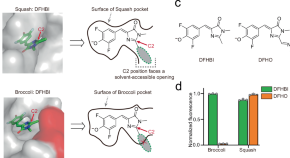
Near-infrared fluorogenic RNA for in vivo imaging and sensing
Most of the available fluorogenic RNA approaches emit visible fluorescence, and there is a need for tools working at longer wavelengths. Here, the authors identify and modulate red fluorescent protein-like fluorophores to bind the fluorogenic RNA Squash, thereby obtaining near-infrared fluorogenic RNA-based tools.
- Zhenyin Chen
- Wei Chen
- Xing Li
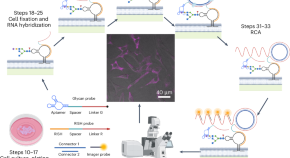
Sialic acid aptamer and RNA in situ hybridization-mediated proximity ligation assay for spatial imaging of glycoRNAs in single cells
The spatial distribution of glycosylated RNAs in single cells can be imaged using a protocol that uses an aptamer and a DNA probe that are specific for sialic acid-containing glycosylated RNAs. It can be applied to imaging other glycosylated RNAs using aptamers for other glycans.
- Weijie Guo
- Yuan Ma
- Yi Lu
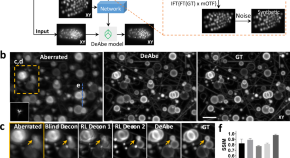
Deep learning-based aberration compensation improves contrast and resolution in fluorescence microscopy
Optical aberrations can hinder fluorescence imaging of thick samples, reducing image signal, contrast, and resolution. Here, the authors introduce a deep learning-based strategy for aberration compensation, improving image quality without slowing image acquisition or introducing more optics.
- Min Guo
- Yicong Wu
- Hari Shroff
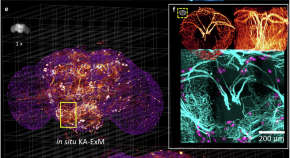
Rapid lightsheet fluorescence imaging of whole Drosophila brains at nanoscale resolution by potassium acrylate-based expansion microscopy
Combining expansion microscopy (ExM) with lightsheet imaging can enable fast 3D visualisation of biological structures at high-resolution, but such approaches can be hindered by several limitations. By using potassium acrylate-based hydrogels, the authors perform large-volume ExM with Bessel lightsheet microscopy, achieving high-resolution imaging of cellular structures within the fly brain.
- Xuejiao Tian
- Tzu-Yang Lin
- Bi-Chang Chen
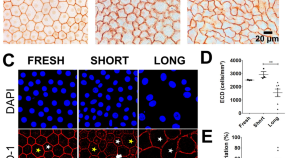
Expression of Yes-associated protein in endothelial cells of human corneas before and after storage in organ culture
- Hanielle Vaitinadapoulé
- Olfa Ben Moussa
- Frédéric Mascarelli
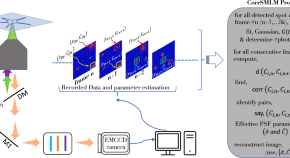
Fortunate molecules boost signal to background ratio and localization precision in correlation based single molecule localization microscopy
Detection of fortunate molecules by correlation-based single-molecule localization microscopy enhances signal-to-background ratio and improves spatial resolution, leading to better resolved single-molecule ensembles in a cellular system.
- Aravinth S
- Francesca Cella Zanacchi
- Partha Pratim Mondal
%20(1).gif)



No comments:
Post a Comment